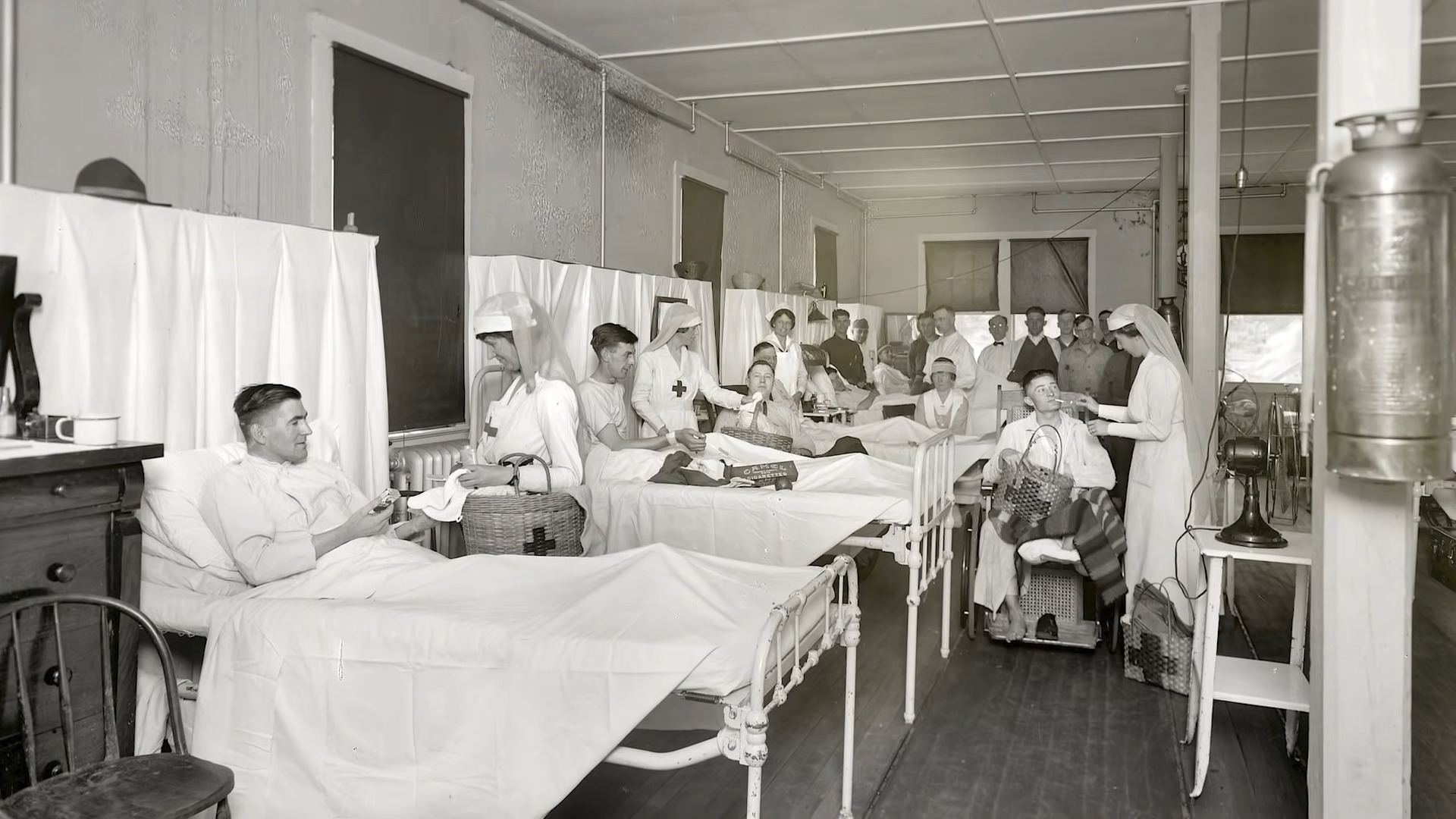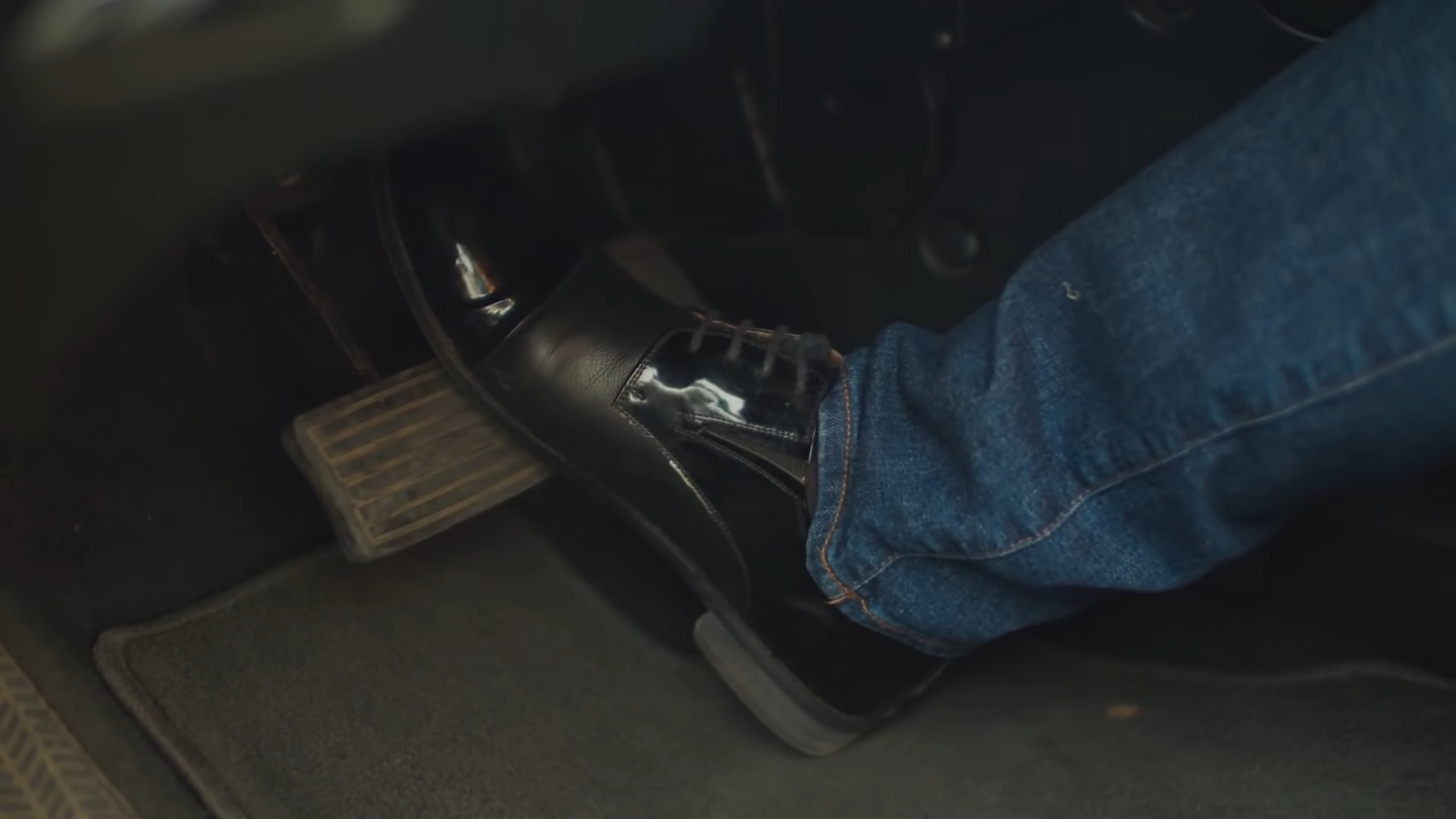The life of some individuals is shrouded in complete mystery, which they take with them to the grave. And only after death are the details revealed that shock people. Today is a very unusual video, watch it to the end, it will definitely be fascinating. In Kensal Green Cemetery, in London, there is an unremarkable tombstone with the name of James Barry. It states that the doctor and the chief inspector of hospitals are buried here.
But everything turns out to be not so simple. At the end of July 1865, a wonderful military surgeon who had an incredible practice really died of dysentery in London. He worked in South Africa, Malta and Corfu, which at that time were British colonies. By the end of his life — in Canada. A talented surgeon, he treated colonists and slaves, rich and poor, with equal respect. It was the first time they had a caesarean section, when both the mother and the child remained alive.
Grateful parents named the baby after him, and this name was passed down through several generations. Barry has done a lot in promoting social reform, fiercely defending the need for human conditions in barracks, shelters, for the sick in prisons. During his 10 years in Cape Town, he organized the best water supply system in the city. And by 1857 he was appointed Inspector General of military hospitals.
With gentleness and tact towards patients, he gained fame as an eccentric and hot-tempered person among colleagues and superiors. In a fit of argument, he could throw a bottle of medicine or a chair at an opponent into the wall. One day it came to a duel, and the doctor shot the enemy’s headdress. He gained many detractors and when the governor of Cape Town, Lieutenant General Charles Henry Somerset, made him his personal doctor.
There were people who informed the authorities about their allegedly unconventional relationship. Fortunately, both were acquitted. Barry continued to fight for cleanliness, proper nutrition and medical care for soldiers, patients and their families throughout his service. For all his energy, the doctor was short, thin, and wore a thick coat in almost any weather. His voice was distinguished by high tones and, at times, shrillness.
Ever since studying at the medical faculty of the University of Edinburgh, he was suspected of reducing his age and even at one time did not want to be allowed to take exams. His excellent studies and the intervention of an influential patron, David Erskine, Earl of Buchanan, helped. Surprisingly, nothing was known about Barry’s life until he was 20. Even the year of his birth was called 1792 in some sources, 1795 in others.
The doctor was buried with all military honors and respect. And only some time after his death, his secret and the second, real biography began to unfold. It turned out that his detachment from friends and acquaintances had serious reasons. It all started with the fact that the maid who washed the body declared that the famous surgeon was a woman. A real scandal broke out. In the XIX century, it was unthinkable for a woman to study medicine and, moreover, to make a military career.
To hush up the embarrassment, the British military classified all documents about Barry for 100 years. In the 50s of the next century, historian Isobel Ray gained access to military archives. She learned that the maid discovered after the doctor’s death not only a woman’s body, but also stretch marks on her stomach, characteristic of a woman giving birth. Studying the documents, the historian came across information indicating that James Barry had a completely different name until he was 20 — Margaret Ann Buckley.
The girl was born in the family of a greengrocer from Cork and was the niece of a famous British academic and artist who lived at the royal court — James Barry. Ray couldn’t dig up more. Already at the beginning of the XXI century, the former surgeon Michael Du Prize took up the study of history. In the archives of the artist, he found letters from his niece and Dr. James Barry. Handwriting examination confirmed that they were written by one person.
Du Pease’s findings formed the basis of his book about the famous surgeon. With respect and admiration, the author wrote about a woman who was ahead of her time. The girl has been interested in medicine since she was a teenager. She survived sexual abuse from a relative and gave birth to a daughter, whom her mother passed off as her own. When Margaret was 18 years old, she told her brother that she would definitely have joined the soldiers if not for her gender.
After the separation of mother and father, they came together to my uncle. He introduced them to his friends, including Count Buchanan and General Francisco de Miranda. They supported the girl’s dreams of studying and a military career. After the death of her uncle, her niece took his name, and with the help of the count, she began to advance in her studies. The only one who knew Margaret’s true story was most likely Governor Somerset.
It was a real novel that could not be made public, but apparently was noticed. The secret of the famous surgeon would have gone to the grave with him for sure, but his last will was violated – to bury him in the clothes in which he died, without washing. An amazing woman who completely sacrificed her personal life to her beloved work and career, planned to keep her identity secret until the end.
She became the first female military surgeon in history to have an official medical diploma of higher education and a huge practice. To violate the last will of the deceased is an unworthy act, but it was thanks to him that descendants learned about the great feat of sacrifice and professionalism of a fragile woman from a small Irish town.






